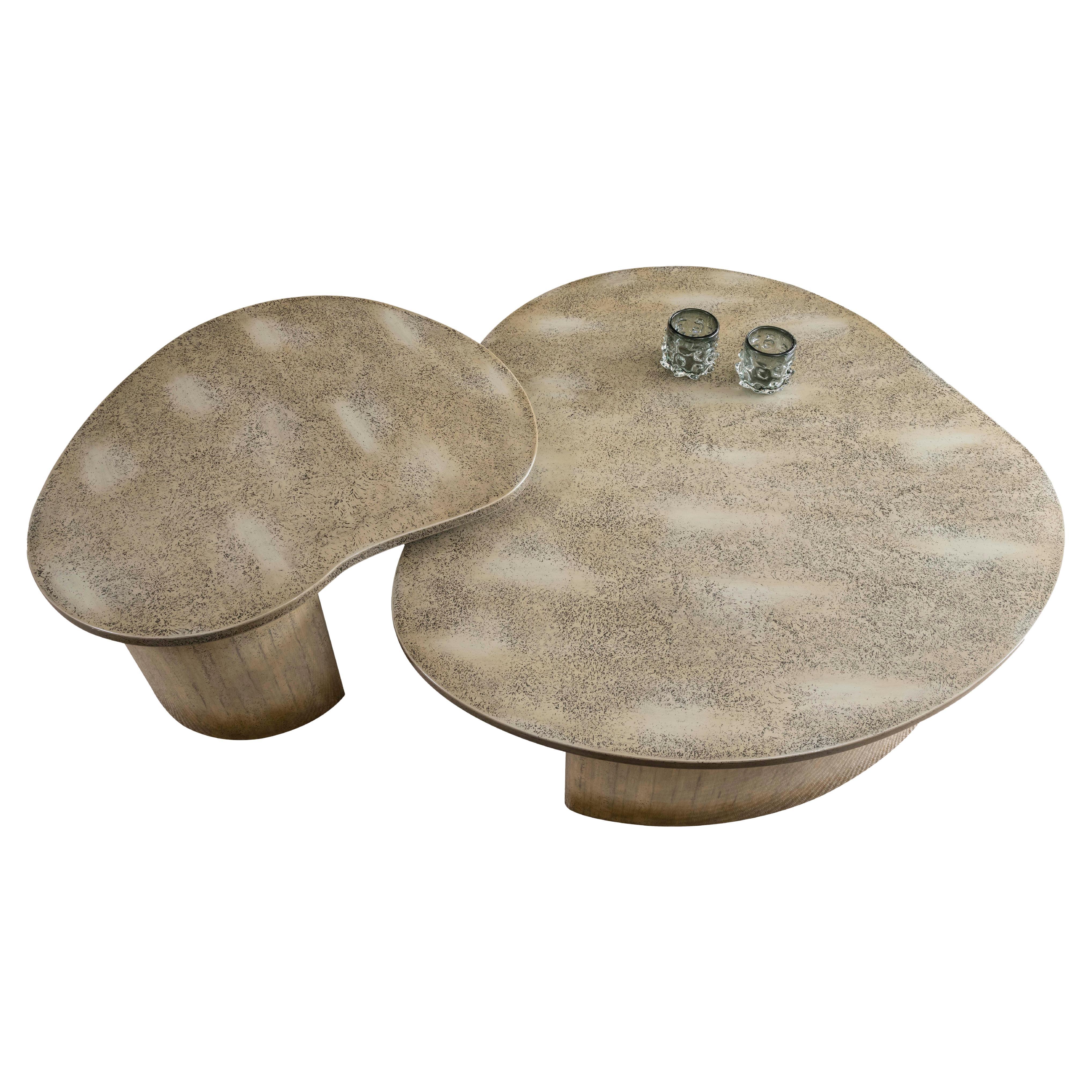
Small Christmas Wood Craft Ideas for Gifts
The holiday season is a time for giving, and what better way to express your love and appreciation than with a handcrafted gift? Wood crafts offer a unique and thoughtful way to celebrate Christmas, bringing warmth and a touch of rustic charm to your loved ones’ homes. Whether you're a seasoned woodworker or just starting out, these small wood craft ideas are perfect for crafting delightful Christmas gifts that are sure to be cherished.
Rustic Christmas Ornaments
Ornaments are a classic Christmas decoration that add a touch of festive cheer to any tree. Wooden ornaments offer a unique and sustainable alternative to traditional plastic ornaments, adding a touch of rustic charm to your holiday decor. These ornaments can be personalized with initials, dates, or special messages, making them a truly meaningful gift.
Simple Shapes:
Begin with simple shapes like stars, snowflakes, hearts, or even Christmas trees. Cut these shapes using a jigsaw or scroll saw, sanding the edges for a smooth finish. You can paint them with festive colors or leave them natural for a rustic look. Add embellishments like glitter, ribbons, or tiny bells for a personalized touch.
Personalized Ornaments:
For a unique touch, personalize your ornaments with names, dates, or meaningful quotes. You can use a wood-burning tool to etch designs or letters onto the surface. Alternatively, use paint pens or stencils to create personalized messages or images.
Natural Wood Ornaments:
Embrace the natural beauty of wood by leaving the ornaments unpainted. Sand the wood smooth and consider adding a natural oil finish to enhance its grain. These ornaments can be decorated with dried berries, cinnamon sticks, or pine cones for a rustic and elegant look.
Wooden Christmas Coasters
Wooden coasters add a touch of warmth and elegance to any coffee table. These small crafts make excellent gifts, especially for coffee enthusiasts or those who love to host gatherings.
Simple Square or Round Coasters:
Start with basic square or round shapes, using a jigsaw or scroll saw for cutting. Sand the edges smoothly, and consider adding a protective coat of varnish or sealant to prevent water damage.
Personalized Coasters:
Add a personal touch to your coasters by engraving initials, dates, or festive designs. You can also use paint pens to create intricate patterns or holiday motifs.
Rustic Coasters with Natural Elements:
For a truly rustic look, incorporate natural elements such as river rocks, pine cones, or bark into your coasters. Secure these elements using wood glue and create a unique and natural design.
Miniature Wooden Christmas Trees
Small wooden Christmas trees bring a touch of festive charm to any home. These miniature trees can be placed on shelves, mantles, or even used as unique table centerpieces.
Simple Triangle Shapes:
Start by cutting out triangle shapes from wood, using a jigsaw or scroll saw. Sand the edges smoothly and consider painting them with festive colors or leaving them natural.
Layered Trees:
Create a layered effect by cutting out several triangle shapes of varying sizes. Glue these shapes together, starting with the largest triangle at the base, to create a tiered effect.
Decorated Trees:
Embellish your miniature trees with beads, ribbons, or tiny ornaments. You can also use paint pens to add details or patterns to the trees.
Wooden Christmas Sign
Wooden signs are a wonderful way to add a festive touch to any home. You can create a simple sign with a seasonal message, a personalized greeting, or even a humorous holiday quote.
Simple Rectangular or Round Sign:
Begin with a simple rectangular or round wooden board. Use a scroll saw to cut out intricate shapes, or use a wood-burning tool to create designs.
Personalized Sign:
Add a personal touch to your sign with a name, a special message, or a quote. You can use a wood-burning tool to etch letters and designs, or use paint pens or stencils to create personalized messages.
Festive Sign with Ornaments:
Decorate your sign with small Christmas ornaments, ribbons, or pine cones. You can attach these decorations using hot glue or glue dots, adding a festive touch to the sign.
Tips for Creating Your Wood Crafts
Here are some tips to help you create beautiful and lasting wood crafts for your loved ones this Christmas:
- Choose the right wood: Consider the type of wood you want to use. Softwoods like pine and cedar are easy to work with and are often affordable. Hardwoods like maple and oak are more durable and offer a beautiful grain, but they are also more challenging to work with.
- Safety first: Always wear safety glasses and a dust mask when working with wood, especially when using power tools.
- Start with simple designs: If you are new to woodworking, start with simple shapes and designs before moving on to more intricate projects.
- Sanding is key: Sanding your projects smooth ensures a professional finish and a comfortable feel. Use a variety of sandpaper grits, starting with a coarser grit to remove imperfections and finishing with a finer grit for a smooth surface.
- Finish your work: A protective finish helps to protect your wood crafts from water damage, scratches, and dirt. Consider using a sealant, varnish, or wax to enhance the look of your crafts.
With these ideas and a little bit of creativity, you can create unique and meaningful Christmas gifts from wood that will be cherished for years to come. Embrace the joy of crafting and give the gift of warmth, creativity, and love this holiday season.

























/mall/file/2021/07/30/8c338751e5cc485fb22ddb2364d675f1.jpg)






